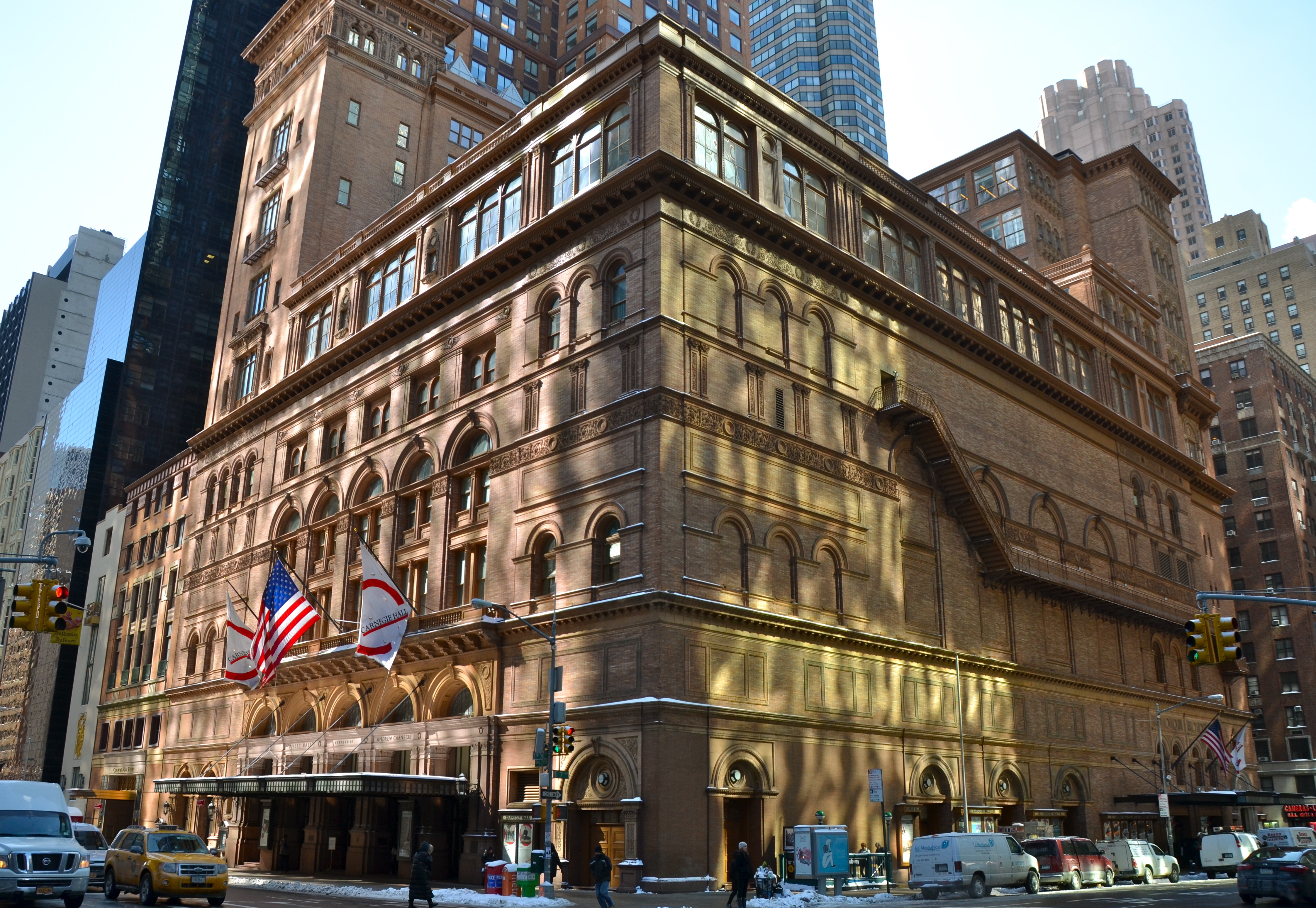Manhattan Island is the historic core of New York City and a global center for commerce, finance, and cultural activity. It stretches 13 miles (21 kilometers) from north to south and averages 2 miles (3.2 kilometers) in width. It is surrounded by the Hudson River to the west, Upper New York Bay to the south, the East River to the east, and the Harlem River to the north and northeast. Manhattan has a population of 1,694,251 and a land area of 23 square miles (60 square kilometers). Together with several small islands and the Marble Hill neighborhood, it forms the borough (division) of Manhattan.

Bridges, tunnels, and ferries connect Manhattan with the other boroughs and with New Jersey. Millions of people work in Manhattan’s offices, shops, and factories. Manhattan is one of the world’s leading tourist destinations. Its attractions include world-famous skyscrapers, Central Park, Chinatown, Harlem, Times Square, the United Nations Headquarters, and many churches, museums, and theaters.

In 1624, the Dutch West India Company sent settlers to Manhattan Island, and they established a settlement that became known as New Amsterdam. According to legend, Peter Minuit, the Dutch colonial governor, bought the island in 1626 from a local band of the Indigenous (native) Lenape people for the equivalent of about $24 in cloth and trinkets. In 1664, New Amsterdam was captured by the British and renamed New York. Manhattan joined with four other boroughs to form Greater New York in 1898.
